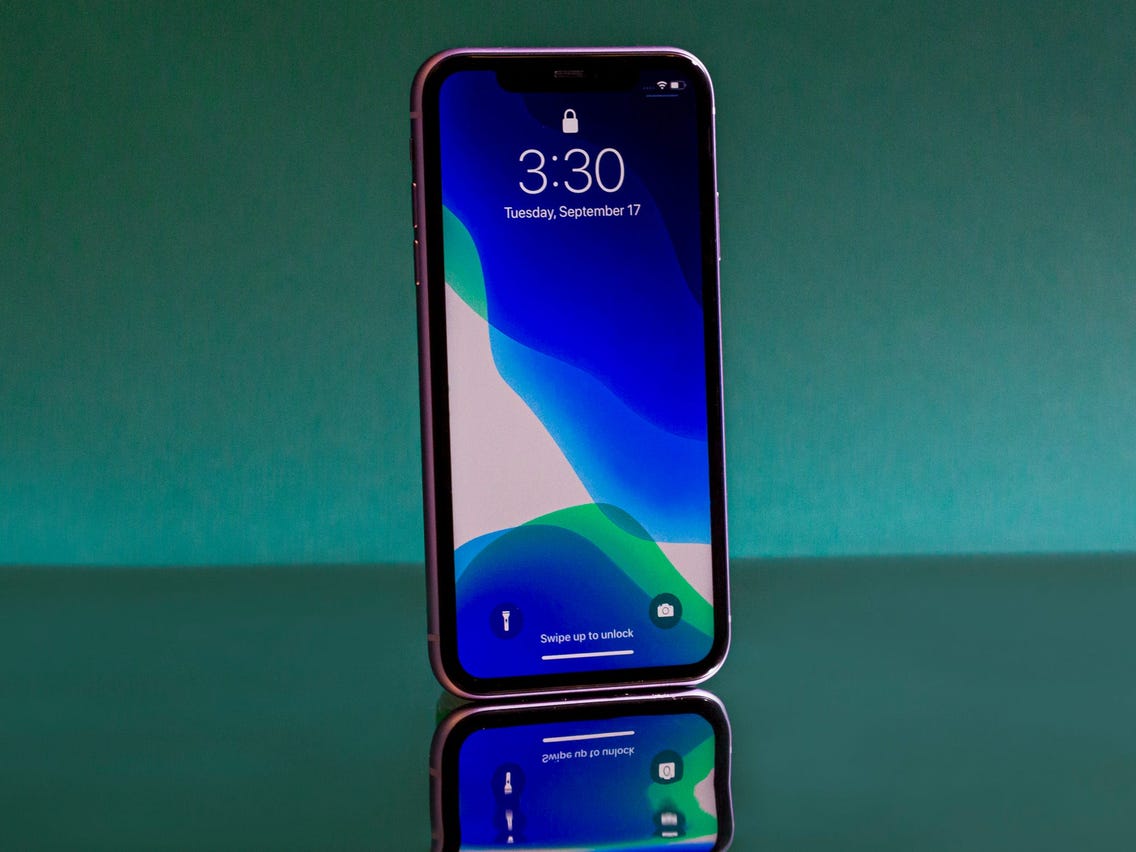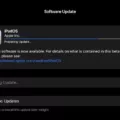Are you having trouble with your iPhone’s touchscreen? If so, you may need to reset it. Resetting your phone’s touch screen can help fix unresponsive or inaccurate touch input, as well as other problems with the touch screen. In this blog post, we’ll show you how to reset an iPhone’s touch screen.
First off, restart your iPhone or iPad. Make sure that the screen is clean and free of any debris or water. Also, disconnect any Lightning or USB-C accessories that are connected to your device. If the issue is resolved after removing an accessory, try using a different outlet, cable, or charger.
Next, go to Settings > Accessibility > Touch then tap Haptic Touch or 3D & Haptic Touch. Here you can choose a touch duration – Fast or Slow – and on iPhones, with 3D Touch, you can choose the pressure needed – Light, Medium, or Firm. Test out the new setting on the image at the bottom of the screen before applying it to your phone permanently.
If restarting didn’t work out for you, turn on safe mode by pressing your phone’s power button for about 30 seconds until it restarts. On most phones, you will also have to tap Restart after it has rebooted. After turning on safe mode test out whether the touchscreen works correctly again and if not then turn off safe mode again and move on to another solution.
Finally, if all else fails try performing a factory reset on your device as this will often fix many different issues related to software which may include problems with your touchscreen too! Be warned though that performing a factory reset will wipe all data from your device so make sure to back up all important files before doing so!
We hope that this blog post has helped you in resetting your iPhone’s touchscreen successfully! If you have any more questions please feel free to leave us a comment below and we will get back to you as soon as possible!

Fixing an Unresponsive Touch Screen on an iPhone
If your iPhone’s touch screen is unresponsive, there are a few steps you can take to try and fix it.
1. Restart your iPhone: press and hold the Sleep/Wake button (on top of the device) until you see the Apple logo appear on the screen – this will restart your iPhone and may fix any issues with the touch screen.
2. Check for debris or water on your screen: if there is any debris or water on your phone’s display, it can cause it to be unresponsive. Use a soft cloth to gently clean your phone’s display and make sure to remove any dust or residue from around the edges of the phone as well.
3. Disconnect any accessories: if you’re using any Lightning or USB-C accessories, try disconnecting them from your phone to see if that helps with the issue.
4. Try a different outlet, cable, or charger: if removing an accessory has fixed the issue, try using a different outlet, cable, or charger to charge your phone and see if that helps with the issue as well.
If these steps don’t help with your issue, contact Apple Support directly for further assistance.
Recalibrating the Touch Screen on an iPhone
To recalibrate the touch screen on your iPhone, go to Settings > Accessibility > Touch and tap Haptic Touch or 3D & Haptic Touch. You can then choose the touch duration—Fast or Slow. If your iPhone has 3D Touch, you can also select the pressure needed—Light, Medium, or Firm. Once you have chosen the desired settings, test them out by using the image at the bottom of the screen.
Restarting a Touch Screen
To restart your touch screen, press and hold the Power button to display the power menu. Tap ‘Restart’ from the menu and wait for your device to power off and back on again. Once your device has restarted, you will be able to use your touch screen again.
Fixing an Unresponsive Touch Screen
If your touch screen is unresponsive, it could be due to several possible issues. First, try restarting your device by pressing the power button for at least 30 seconds. If that doesn’t work, try turning on Safe Mode, which will disable all third-party apps and allow you to troubleshoot the issue. To do so, press and hold the power button until you see a menu appear on the screen. Select “Restart” and then “Safe Mode.” Once in Safe Mode, check to see if your touchscreen is working properly.
If you are still having issues with your touchscreen after restarting and entering Safe Mode, it is likely that there may be a hardware issue with your device. In this case, you may need to bring it to a repair shop or contact the manufacturer for further assistance.
Investigating the Cause of Unresponsive Touch on an iPhone
It’s possible that your iPhone’s touchscreen is not working properly due to a number of reasons. First, check to make sure that there are no accessories plugged into the Lightning port of your device since this could interfere with the proper function of your touchscreen. If there are no accessories connected, then it’s possible that dirt or dust has built up on the screen and is preventing it from responding to touch. Try cleaning your screen with a soft, lint-free cloth and some water or a 50/50 mixture of isopropyl alcohol and water. If necessary, you can also try restarting your device by holding down both the Home and Power buttons together for 10 seconds until the Apple logo appears. If none of these solutions fix your issue, then it could be an issue with the hardware or software of your device and you may need to contact Apple Support for further assistance.
Improving Touchscreen Accuracy
If you’re having trouble with the accuracy of your touchscreen, there are a few steps you can take to try and fix it.
First, make sure your device is clean and free of any debris or smudges that could be interfering with the accuracy. Then, try resetting the calibration of your touchscreen by going to Menu > Settings > Language & keyboard > Touch Input > Text Input. Under Finger touch precision, tap the Calibration tool or Reset calibration. If that doesn’t work, you may need to try a factory reset of your device, which will wipe all data and settings from it and restart it as if it was new. This should hopefully fix any underlying problems with your touchscreen and improve accuracy.
Conclusion
In conclusion, resetting the touch screen on an iPhone can help fix issues related to responsiveness. To do this, you need to restart your device, disconnect any Lightning or USB-C accessories, and adjust the Haptic Touch or 3D & Haptic Touch settings in Settings > Accessibility > Touch. Additionally, you may need to use safe mode to further troubleshoot the issue. After making these changes, test the new setting on the image at the bottom of the screen and turn off safe mode when done. Resetting your touch screen should help address any problems with its responsiveness and ensure that you have a smooth and enjoyable experience with your device.








